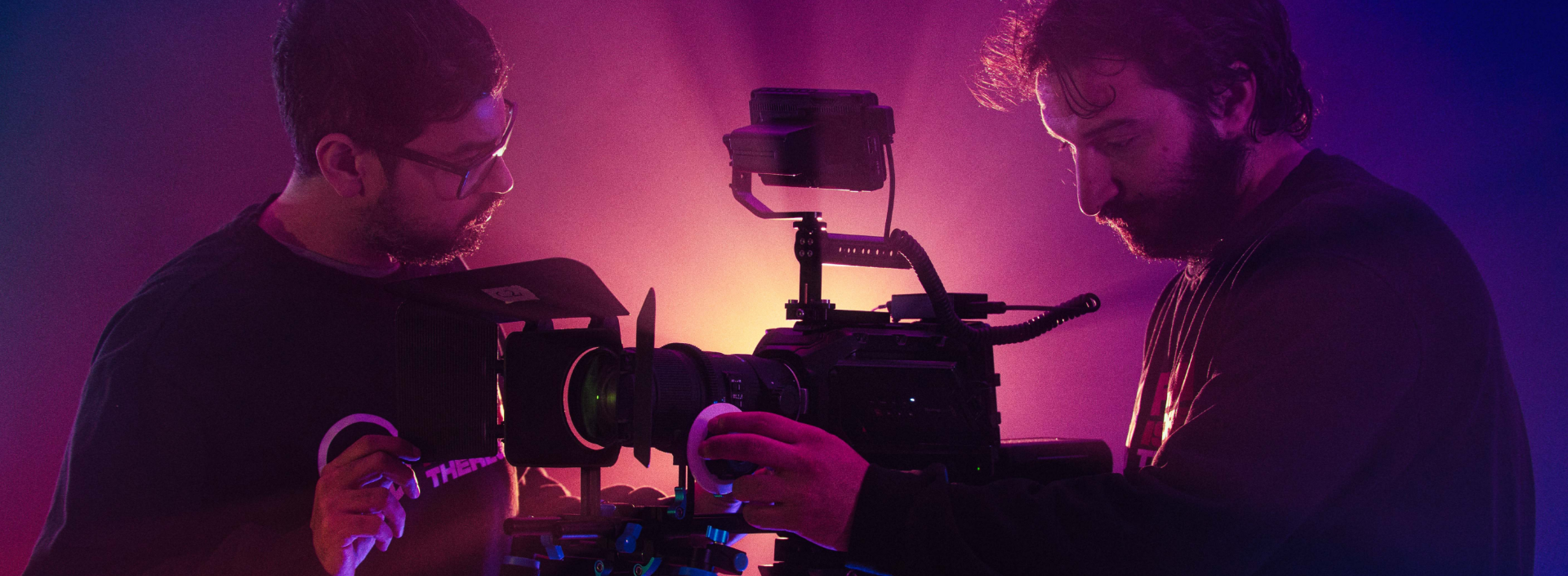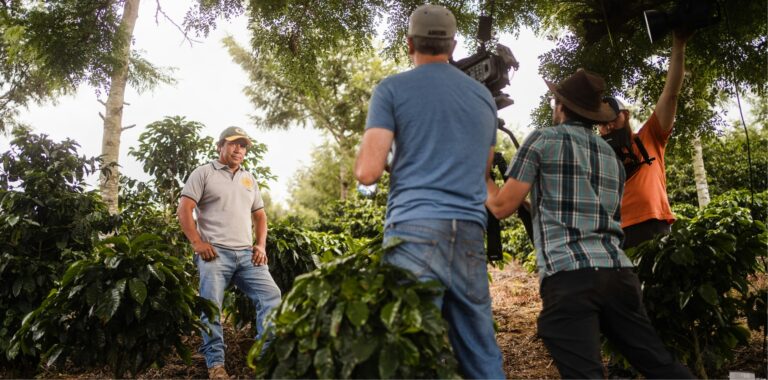Filmmaking: Plan, plan, plan, but stay open

Filmmaking requires a particular formula of left and right brain thinking. While producing a film is highly logistical it also thrives on a certain flair for uncertainty and ingenuity.
If you are thinking of commissioning a film of any sort, here are our four top tips for staying open to possibilities while planning carefully:
1. Start with story
At its heart, film is simply a vehicle for storytelling; a merging of the aural and visual to convey meaning. Before anything else is conceived we start with story, the thread that will run through the piece and connect the film’s purpose to its audience.
Together we explore what we want this piece of film to do? To inspire, to inform, to influence or to entertain? Who is the voice of the story? Serious, playful, dramatic?
2. Don’t lock down your ideas too early
While determining your story is the first step in filmmaking, it is planning that unlocks the door to reality. You’ll have heard the old adage: if you fail to plan you plan to fail. There is no doubt, filmmaking takes a lot of planning – from permits, travel, and visas to scripts shot lists and storyboards – these tools help shape how a story be captured by breaking down the job into component parts.
While it’s true that a tightly run pre-production process is a precursor for success, we’d offer another important insight: don’t lock down your ideas too early. Using all the available planning tools to full effect means embracing them, but not allowing them to dictate the final result.
3. Look up
The clapperboard snaps, you’re on location. Do you focus, focus, focus, or do you look up? Is there an opportunity no-one imagined could exist during that logical ‘how do we make this happen’ planning process? A fortuitous turn in the weather that reveals a moody sky, a songbird singing high and clear. They are there for the filmmaker’s taking. Production might be about getting the job done and capturing the moments devised in planning, but it’s also about seizing the day.
4. Bringing it all together
It’s in the edit suite where all the hard work comes to light. A rough cut by its nature is rough and ready, but it should reflect the kernel of what the film set out to do. A stitched together sequence that belies the magnitude of the work it took to get there.
Stripping everything back to the core in post-production is how the director’s vision pays off. Only the best cuts are paired with music and sound effects while the rest are destined for the digital cutting room floor. And, maybe, some of those ideas that were seized on the day are part of the final package.
At Bladonmore we make films for all sorts of companies, and to all sorts of briefs, but we always, always try to stay open to create the best possible result. Get in touch if you’re interested in finding out how we can support you.
Share article

